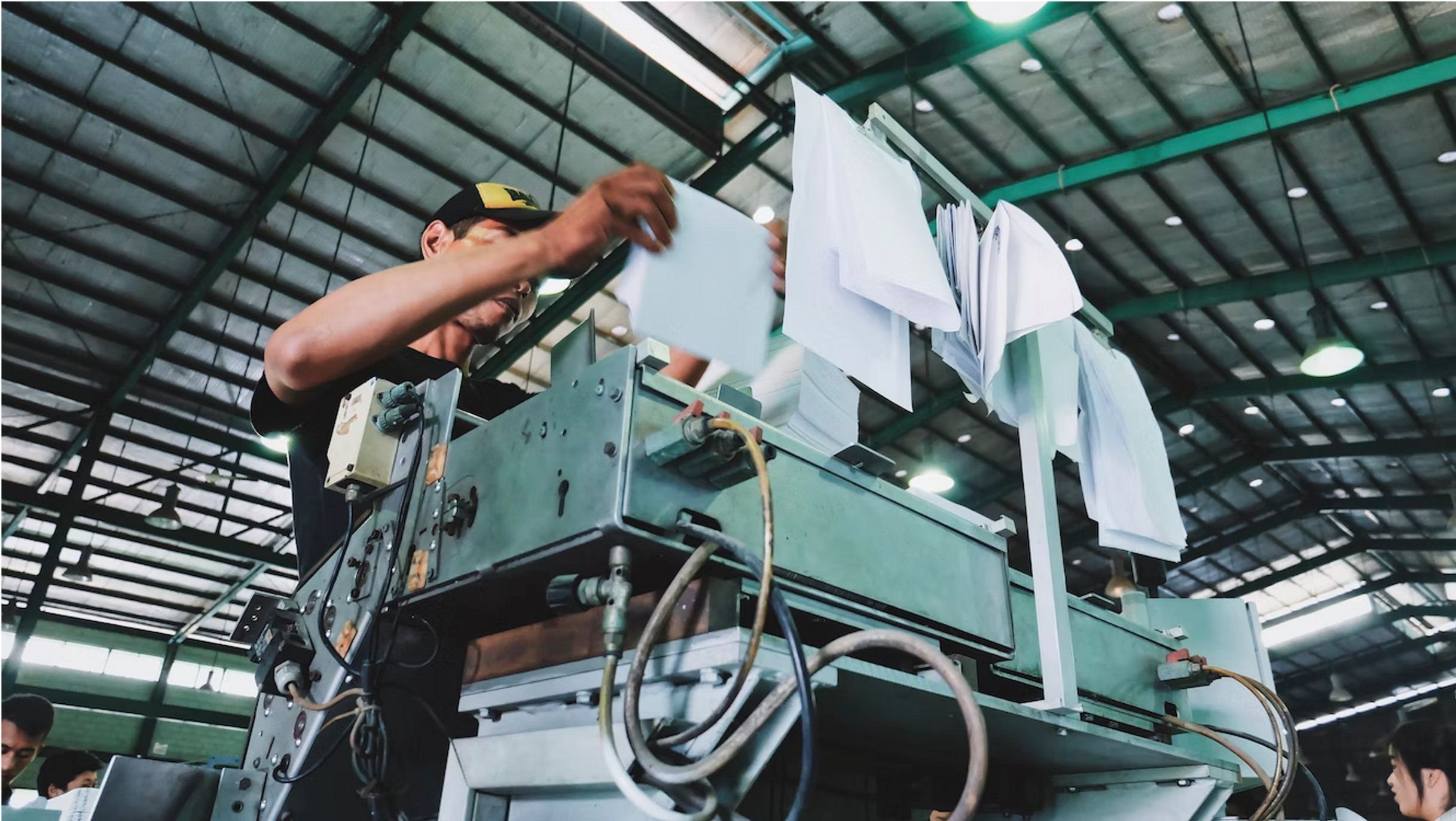Overview
10,300,000 kWh
per year in energy savings
$140,000
Per year in savings
3
Years or less until payback
Challenge
A US Paper Mill was struggling to find the correct balance between energy efficiency and having enough steam capacity on standby to meet production swings.
There were two boilers installed on site and, with curtailment of so many paper machine lines over the past 15 years, it was over capacity for typical operating conditions.
But one (1) boiler was also just not enough to meet the production swings on site. To keep the second boiler in a pressurized state (~1,000 to 1,200 psig), a natural gas startup burner was fired inside the furnace, almost continuously. Since the natural gas burner was firing almost continuously, a large portion of the heat was lost up the tall boiler stack.
Solution
A detailed engineering study was performed to determine plant steam demand and magnitudes and causes of transient steam load conditions.
Using CoolPlanetOS energy management system and detailed data analysis and modelling, it was determined that the most energy efficient method for preserving heat/pressure in the standby boiler was to reduce convective losses (primarily due to stack effect). At this point, the focus of the study was to determine means to achieve this result.
Through the utilization of waste heat for process heating in other parts of the mill, and with the understanding of magnitudes and root causes of transient steam load conditions, enough saturated steam was freed up to utilize inside of a new standby boiler drum heating coil system.
Since firing was not taking place inside the furnace, the stack could be bottled up to prevent stack effect convective losses in the boiler. With this system installed, the boiler was made available just as quickly as with continuous natural gas firing.
Results
The results of this project were a reduction in natural gas consumption/carbon production, reduction in cost (natural gas is purchased and primary fuel is bark, a by-product of the tree stems for paper production), and an overall better utilization of steam and condensate energy in the balance of plant.
The energy savings were approx. 10,300,000 kWh per year giving a monetary savings of ~$140,000 per year. The project was delivered with a sub three year payback.



